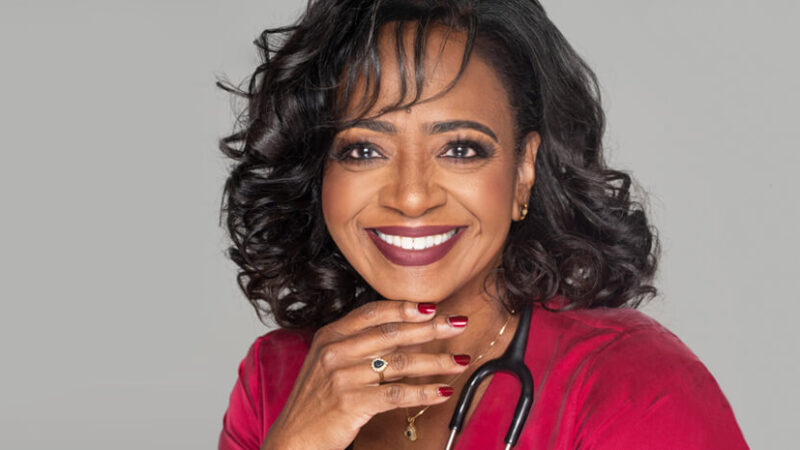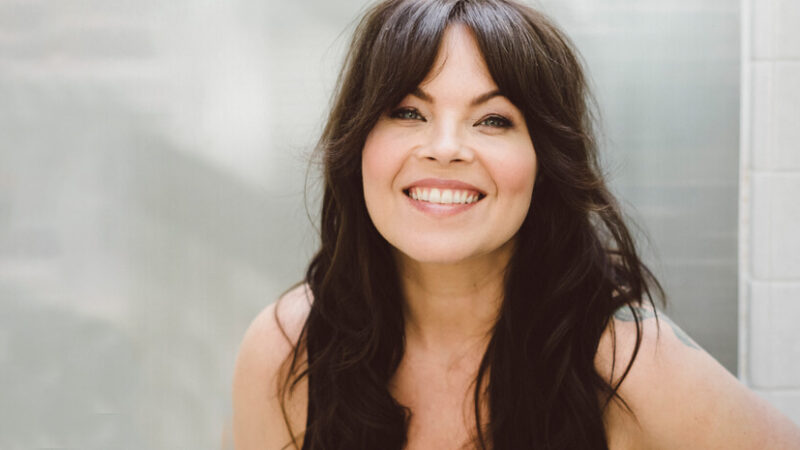Aaravindha Himadra: Recognizing the Field of Infinite ...
Aaravindha Himadra is a spiritual teacher and the founder of Sambodha, an international nonprofit organization dedicated to the awakening of human consciousness. With Sounds True, he has published the English-language edition of Immortal Self: A Journey to the Himalayan Valley of the Amartya Masters. In this episode of Insights at the Edge, Tami Simon speaks with Aaravindha about the events described in Immortal Self—after a grueling expedition into the interior of the Himalayan Mountains, Aaravindha found himself in the secluded valley home of a deeply secretive spiritual lineage. Aaravindha describes his tutelage under the valley’s long-lived Amartya monks and why he has become the spokesperson for this ancient wisdom tradition. Concluding this fascinating conversation, Tami and Aaravindha discuss the expansion of consciousness and what it means to “listen from the floor of creation.” (73 minutes)



